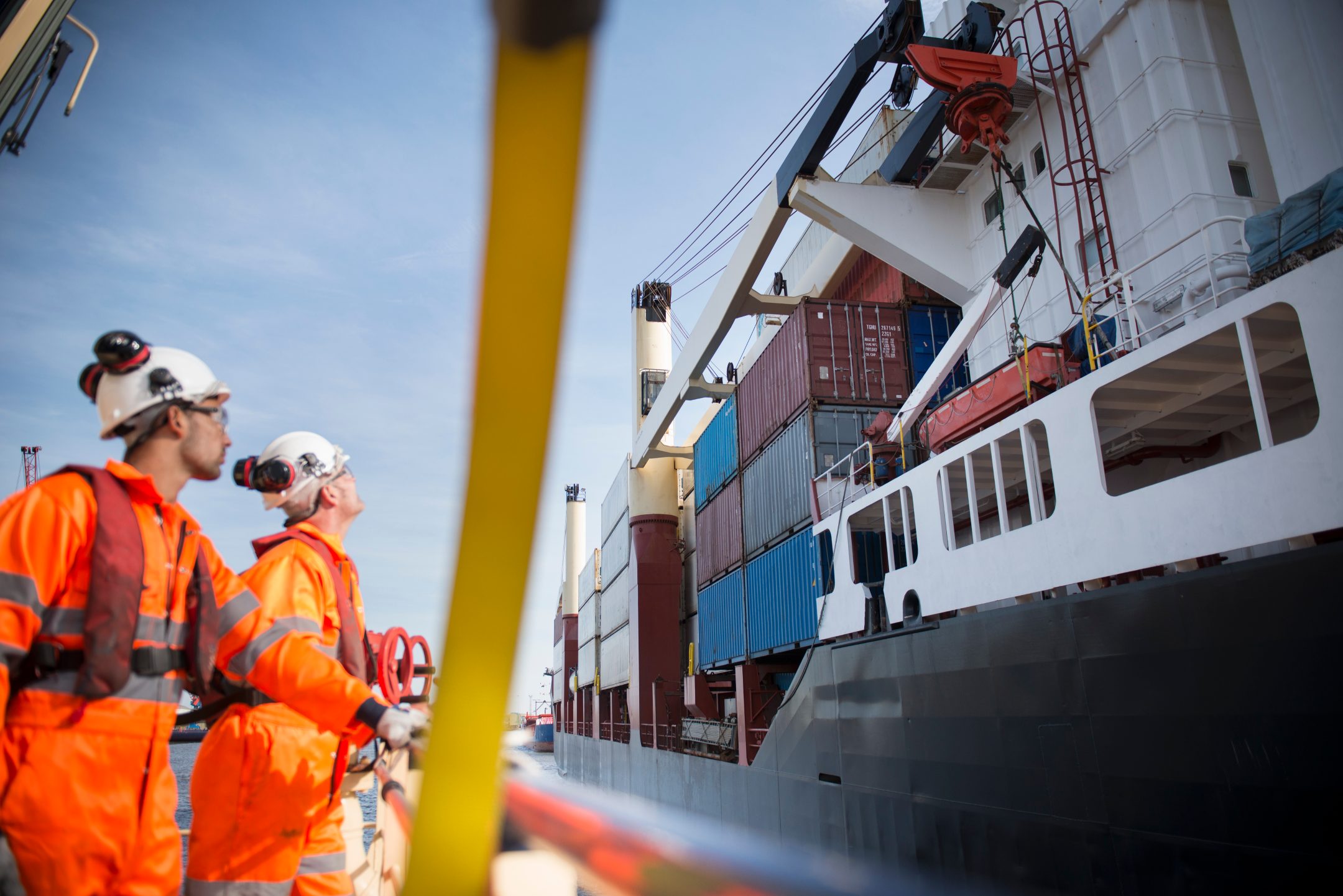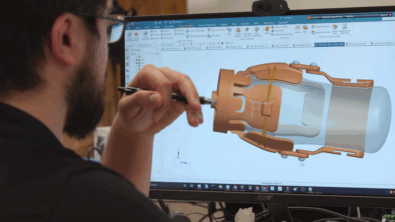Simulating Seaworthy Ships – Summary

In the second episode of the Marine Industry Podcast Series, Jan van Os, Vice President of the Marine Industry for Siemens Digital Industries Software, and Dale Tutt, Vice President of Industry Strategy for Siemens Digital Industries Software, discussed design considerations for sustainable ships and the role of digital transformation in ship lifecycles. One particular aspect they covered was how the digital twin can be used to simulate new ship designs virtually before they are built physically. That was not the end of the conversation, however, as simulation can do so much more.
Jan and Dale use the third episode of the podcast as an opportunity to explore the many other applications of simulation in the marine industry, including how it could manage product complexity, optimize production processes, and improve sustainability among ships both new and old.
Optimizing ship production
Simulation provides many advantages when designing complex products like ships, especially massive ones that transport dozens of containers across the globe. Not only do these behemoths consist of multiple inter-working systems to keep the ship afloat, but they also have numerous individual parts and components assembled into complicated structures. The nesting—the cutting of the first pieces of steel—deals with millions of pieces alone that will need to be assembled into a functioning ship later. Simulation can help manage all these pieces by giving engineers insight into the shape of the ship, where these pieces will be placed, and how materials need to be allocated. Not only would this optimize the ship structure, but it would also optimize the use of resources and make sure no more material than necessary is used.
The production of a ship, including the facilities, machines, and tools used in the process, can also be simulated for optimization. For example, Jan talks about a situation where a customer wanted to combine two production lines into one, but there were many concerns about not having enough space or fast enough machines to retain production efficiency. After running a simulation, however, the customer found a way to effectively utilize the smaller space and optimize their machines to handle the increased workload. Other companies can follow this method, creating a digital twin of a shipyard to simulate it and analyze how best to utilize a physical space and get maximum efficiency out of production processes.
Simulating sustainability
Other aspects of production that can be optimized through simulation is sustainability. After all, constructing a ship consumes a lot of energy from activities such as steel production and welding. Jan explains how those processes can be simulated to better plan how much energy will be consumed and find ways to decrease it. With welding, for example, engineers can practice making clean cuts virtually so that by the time they begin welding in the real world, they can make those better cuts, reducing the amount of welding overall, Thereby decreasing the energy spent. By increasing the energy efficiency of production processes, less energy-producing resources are consumed.
Simulation can also increase the sustainability of ships themselves, both newly designed ones and those in active operation. As stated in the previous episode, engineers can create a digital twin of their ship designs, which can help them decrease the amount of energy their designs spend or better integrate new sustainable systems. This same strategy can be used for ships already at sea, as active fleets contribute to climate change in the present day and will continue to do so until they’re decommissioned. Engineers can build a digital twin of these ships as well to find ways to increase energy efficiency or fit them with cleaner systems. Optimizing the sustainability of both new and old ships would significantly help the marine industry adapt for a greener future.
Looking toward the horizon
From design to operation, simulation offers many opportunities to benefit the marine industry across the ship lifecycle. By optimizing their production lines and better managing their complex designs, companies can get sustainable ships out onto the sea faster with less obstacles. At the same time, they can increase the efficiency and sustainability of their current fleets to prevent them from doing further harm to the environment. No matter where you look, simulation will be vital for the marine industry going forward.
Remember to listen to the full episode or read the transcript, and be sure to tune into the upcoming fourth and final episode of the podcast’s introduction to the marine industry.
Siemens Digital Industries Software helps organizations of all sizes digitally transform using software, hardware and services from the Siemens Xcelerator business platform. Siemens’ software and the comprehensive digital twin enable companies to optimize their design, engineering and manufacturing processes to turn today’s ideas into the sustainable products of the future. From chips to entire systems, from product to process, across all industries. Siemens Digital Industries Software – Accelerating transformation.


